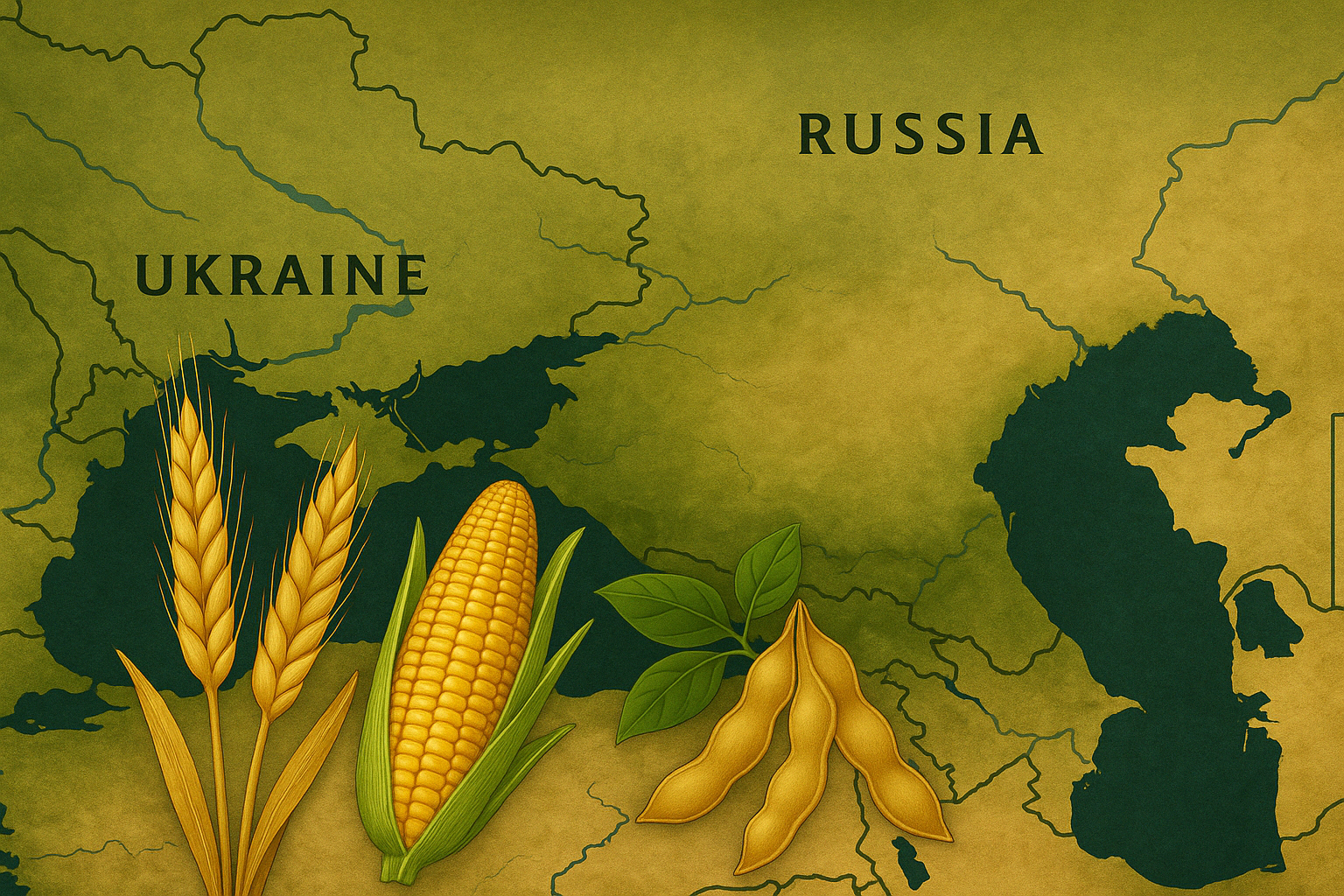A key highlight was the early performance of the newly launched Black Sea Wheat (CVB) Financially Settled (Argus) futures contract, which links exports from Romania and Bulgaria to the global market. In its first month since the June 2025 debut, around 160,000 metric tons of wheat have been traded, signaling growing interest in the instrument as a risk management tool. Closely correlated with Novorossiysk wheat prices (0.97 correlation), the CVB futures are emerging as a strong benchmark for regional wheat pricing. With Romania and Bulgaria exporting over 56 million tons of wheat since 2020, including 13 million tons in 2024–2025, the market is showing a high appetite for hedging against price volatility, which has ranged between 15% and 30% since September 2023.
Bulgaria’s Ministry of Agriculture and Food forecasts a wheat harvest exceeding 7 million tons, although farmers remain concerned about historically low prices. The projected yield of 6.6–7.1 million tons would surpass last year’s 6.4 million tons, but unfavorable weather has tempered earlier optimism. Producers report prices nearly 100 leva per ton lower than in 2024, marking the weakest wheat pricing in the last 15 years. The South-Eastern region is expected to lead in yields, but the overall financial strain on producers remains a significant concern.
Rapeseed markets also moved in focus, with Paris November futures falling 2.2% to €475/t ($550/t) despite a downgrade in EU harvest forecasts. The European Commission now projects the EU rapeseed harvest at 18.5 million tons—385,000 tons lower than its prior estimate—though still higher than last year’s weather-hit 16.6 million tons. Production growth in France is the main driver of this increase, with yields relatively unaffected by June’s heatwaves. Romania’s output is forecast at 1.8 million tons, well above 2024 levels, while Germany expects stable production despite harvest delays from persistent rainfall.
Freight market conditions in the Black Sea are entering the 2025/26 season with balanced vessel availability, except for tightness in coastal mini-bulkers. Panamax and Supramax rates have dropped sharply compared to last year, with Black Sea to South China routes now at USD 40–41/mt versus USD 52–54/mt a year earlier. However, China’s renewed interest in Ukrainian barley—purchasing more than five Panamax cargoes this season—signals a potential uptick in demand. Ukrainian pea exports, newly granted Chinese market access in May, remain minimal for now.
As the harvest season advances, the interplay of these factors—new futures market adoption, production trends, low grain prices, oilseed supply shifts, and evolving freight patterns—will define the competitiveness of Black Sea exports in the global grain market.

